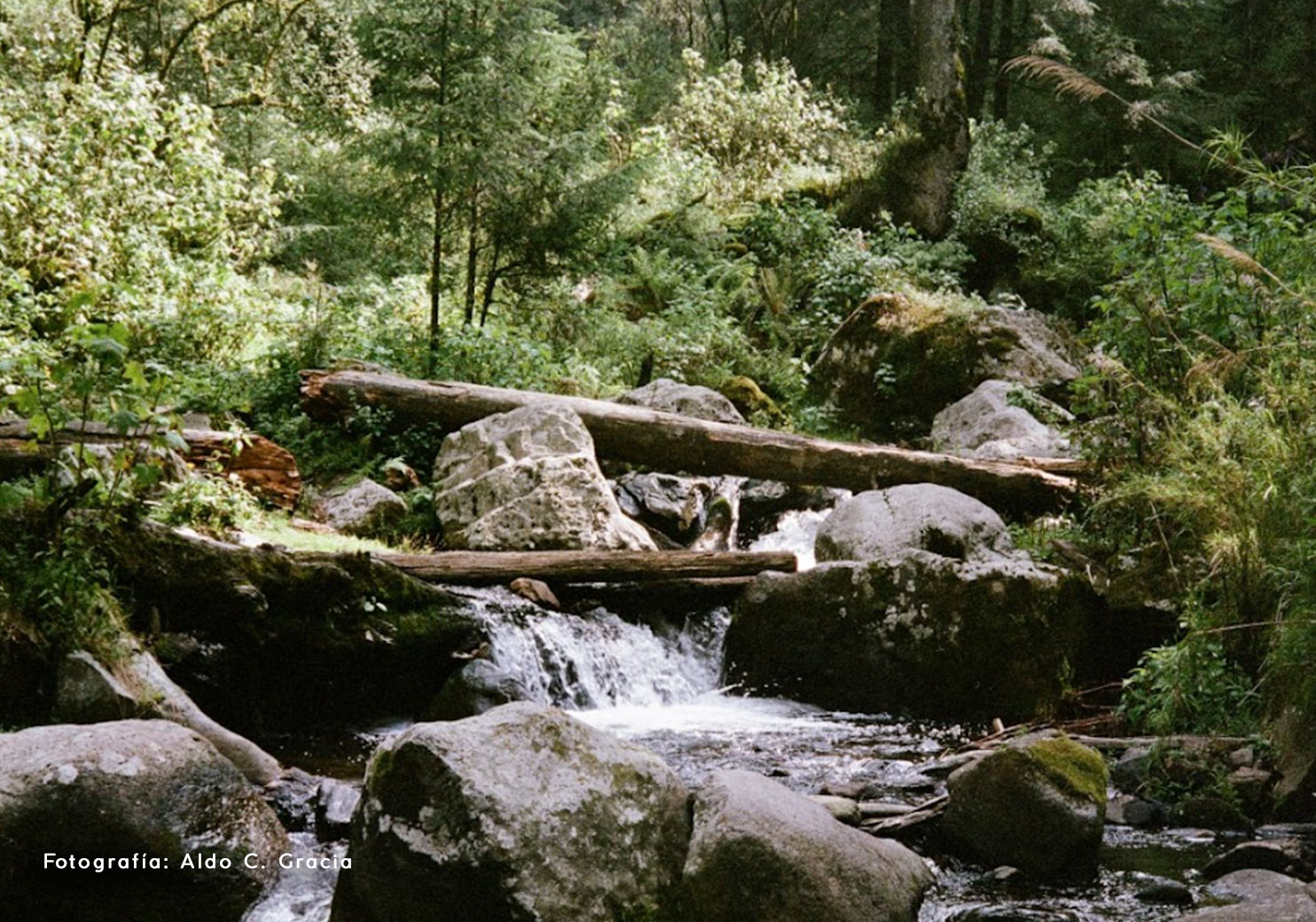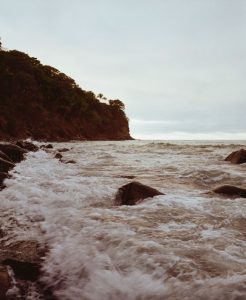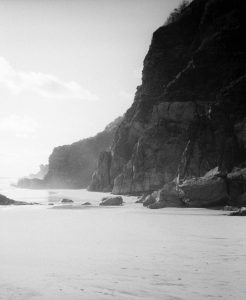
Interview with Aldo C. Gracia
In this interview we talked with Aldo C. Gracia About the “Organic Architectures” exhibition
What do you think characterizes your photographs that makes them different from other photographers?
We start from the premise of analog photography, personally, I consider that when talking about photography in general, analog photography is real photography, not only do we capture an image this way but we encapsulate it inside a sculpture that we make in acrylic in order to preserve the moment. We really preserve the energy of time and space. Compared to what everyone thinks of as photography, different methods and techniques are applied here because we are not only capturing the moment but we are also building a structure.

Photography: Aldo C. Gracia
What elements and characteristics should a photograph have so it can convey the essence and history of a property?
When you work as an architectural photographer your mission is to interpret or translate a three-dimensional work into a two-dimensional image, we are like an interpreter of the architect, we translate one language into another, one medium into another medium. Personally, in order to achieve this in a way that is as faithful or as loyal as possible to the architect’s intention, I focus on collaborating with them, being physically with them and understanding their work and trajectory.
What are the main challenges you face when taking pictures in outdoor spaces, such as patios, gardens and terraces?
El mayor reto es la inclemencia de los elementos, estar afuera esperando un buen día, tal vez con sol y un cielo azul pero no necesariamente sucede siempre y hay que entender que no significa esto que por el ambiente se van a generar malas fotos, pero si agrega un grado de dificultad por supuesto que muchas veces en otro tipo de fotografía o incluso en arquitectura pero de interiores, no es un tema de tanta importancia. Cuando estamos en el exterior o ante los elementos, tenemos que trabajar con lo que se presenta a nuestro alrededor, ya sea el clima, el cielo, lluvias, tormentas, etc. Personalmente considero que incluso con malos tiempos he tomado buenas fotos, es cuestión de utilizar los elementos a nuestro favor y en conjunto a la arquitectura, hay que recordar que la arquitectura no solo se creó para un día soleado, para mi es sumamente importante saber cómo tomar ventaja de cualquier tipo de ambiente.

Photography: Aldo C. Gracia
What is your favorite work from the “Organic Architectures” exhibition and why?
I always talk about the fact that my work is about vernacular tourism, all the work talks and will talk about Mexico, but the most important thing for me is this theme of vernacular tourism, which means that we don’t necessarily have to look for the most picturesque or cliché Mexico, but to look into our roots in the towns, in the ranches. It is to look for these elements of Mexican folklore and not necessarily what is usually seen of us abroad, but to capture what speaks to us and speaks of us.
I consider that one of the most magical moments for me of this exhibition was the sunset at Punta Comet in Oaxaca, in the Pacific Ocean. It was amazing to see the totally clear and unobstructed view of the sea after having gone through a journey in the twilight of the trees. This image makes me very proud and generates a lot of feelings, since it speaks a lot about what I want to transmit with this work, in which the main theme is serenity.
How do you manage to transmit emotions and provoke feelings to the observers through your photographs of the “Organic Architectures” exhibition?
Not necessarily what you are or what people know about you is what you want to communicate through an artistic work, I consider that sometimes it can even be the opposite, it can be something that you don’t commonly see in yourself but you want to work on or know or investigate better. For me, all my work, of any kind (landscapes, people, architecture, urban), always expresses serenity. I draw a lot of inspiration from Zen Buddhism.











